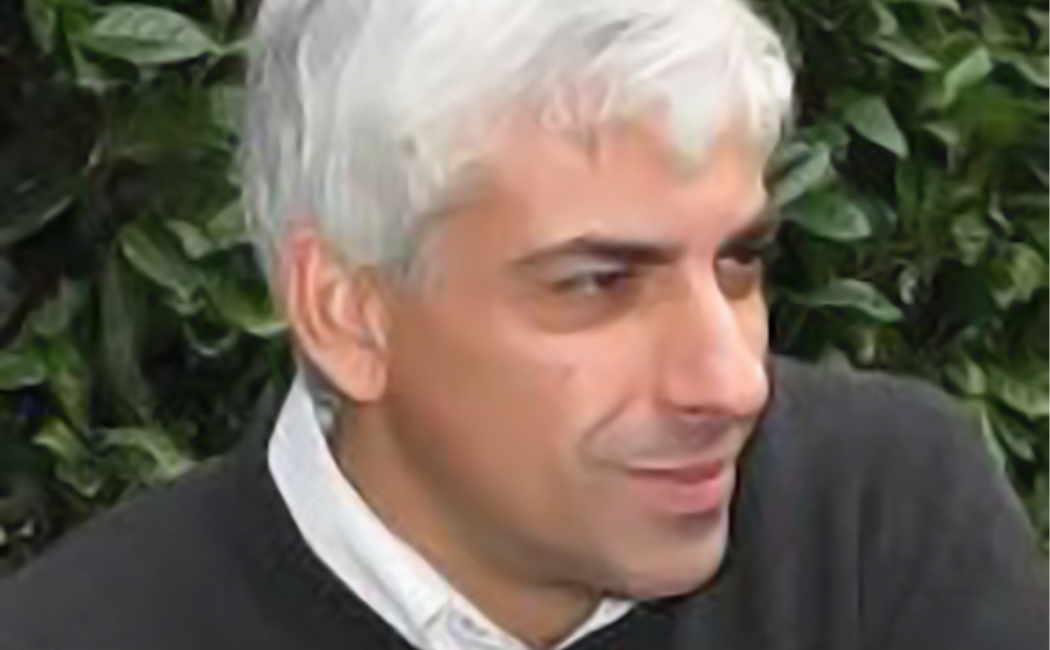
Abstract:
Nitroarene carbonylation is the most direct alternative to the currently employed phosgene-based strategy for the industrial production of aryl isocyanates such as toluendiisocyanate (TDI) and 4,4'-methylendiphenyildiisocyanate (MDI). Despite the high toxicity of phosgene, several million tons of this product are still produced each year. Catalytic systems based on the palladium/phenanthroline combinations are by far the most promising for an industrial application of the carbonylation strategy.1 Phenantrolines are unique in their ability to stabilize the catalyst under the forcing conditions and, unlike phosphines, are not oxidized by nitroarenes.
In recent years, we have much improved the efficiency of the catalytic system by employing phosphorus acids as promoters.2 An in-depth mechanistic study of this reaction allowed us to unveil several features of the metal-ligand-acidic promoter interplay that makes this combination so active.3 This finding has allowed a further optimization of the catalytic system based on the use of unprecedented non-symmetrical phenanthrolines.4 A strategy for the recovery of the catalyst based on a thermomorphic ligand will also be described.5
During the lecture, these and other effects will be analyzed, with a focus on those aspects that have a more general impact on different catalytic reactions. Other alternatives for the synthesis of isocyanates will also be briefly described and their pros and cons with respect to the carbonylation of nitroarenes approach discussed.
Biography: Dr. Fabio Ragaini:
Fabio Ragaini is Full Professor of Inorganic Chemistry at Milan University, where he made his full career, and is the Coordinator of the Organometallic Chemistry Group of the Italian Chemical Society. His interests are in the field of homogeneous catalysis, with a focus on carbonylation of nitroarenes for the production of both base (isocyanates, carbamates, ureas) and fine (indoles, pyrroles and other nitrogen heterocycles) chemicals. He is the author of 115 articles on international journals, of a monography entitled "Catalytic Reductive Carbonylation of Organic Nitro Compounds" (Kluwer Academic Publishers), and of 3 patents.